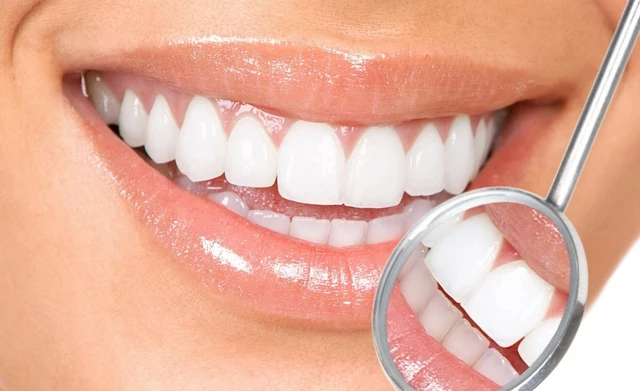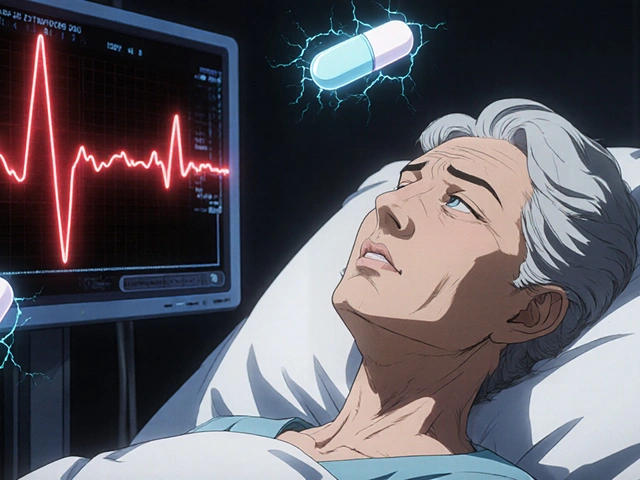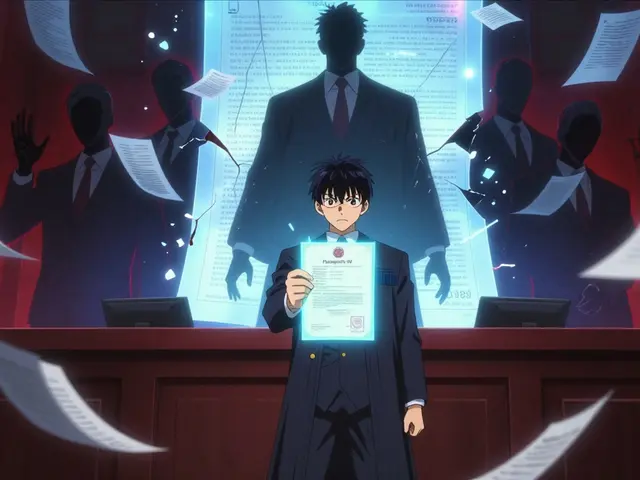Anti-itch medications: what works and how to use them safely
Itch can wreck your sleep and make skin worse if you keep scratching. Good news: there are simple meds that help fast, and most you can use at home. This guide breaks down the main options, how to choose them, and clear safety tips so you get relief without mistakes.
Top types of anti-itch medications
Topical corticosteroids: These are the go-to for inflamed, itchy rashes. Use hydrocortisone 1% (OTC) for mild flare-ups up to 2 weeks. Stronger prescription creams (like triamcinolone or clobetasol) work for bad eczema or psoriasis but shouldn’t be used on the face, groin, or for long periods—ask a doctor first.
Oral antihistamines: For generalized itch or allergy-driven itching, daily non-drowsy antihistamines like cetirizine 10 mg or loratadine 10 mg help most people. If itch keeps you up at night, a short course of sedating antihistamine (diphenhydramine 25–50 mg at bedtime) can help but may cause daytime sleepiness.
Topical non-steroids and soothing agents: Calamine lotion, pramoxine, or products with menthol/camphor give quick cooling relief for insect bites or mild irritation. Emollients and thick moisturizers are essential for dry-skin itch—apply liberally after bathing and at least twice daily.
Topical anesthetics: Creams with lidocaine or prilocaine (Prilox-type products) numb the skin briefly. They help for localized, intense itch but don’t treat the underlying inflammation. Use as directed and avoid broken skin unless product allows it.
Systemic options: For severe, widespread itch that doesn’t respond, doctors may prescribe short steroid courses, stronger antihistamines, or medications that target nerve-related itch. These need medical supervision.
Practical tips and safety
Start with the least invasive option: moisturizer + cooling measures (cold compress, oatmeal baths). Avoid hot showers and harsh soaps that dry skin. If you use topical steroids, follow dose and duration limits—long-term use can thin skin and cause other problems.
Watch for red flags: fever, spreading redness, pus, severe swelling, or rapid spreading of the rash—see a doctor right away. Also see a clinician if itch lasts more than two weeks despite treatment, or if it disrupts sleep and daily life.
If you buy medicines online, pick reputable pharmacies and follow prescription rules. Some creams and stronger drugs require a prescription—skip shortcuts that could put you at risk.
Final quick checklist: try moisturizer first, use OTC hydrocortisone for mild flares, try an oral antihistamine for allergy itch, don’t overuse strong topical steroids, and see a clinician for severe or infected rashes. Small steps taken right can stop itch fast and protect your skin long-term.

Dermatology-Recommended Hydroxyzine Alternatives for Itching Relief: Meds & Creams Explained
Discover dermatologist-approved hydroxyzine alternatives for itching relief, including oral meds, topical creams, and non-drug options. Expert facts and tips.
Detail




